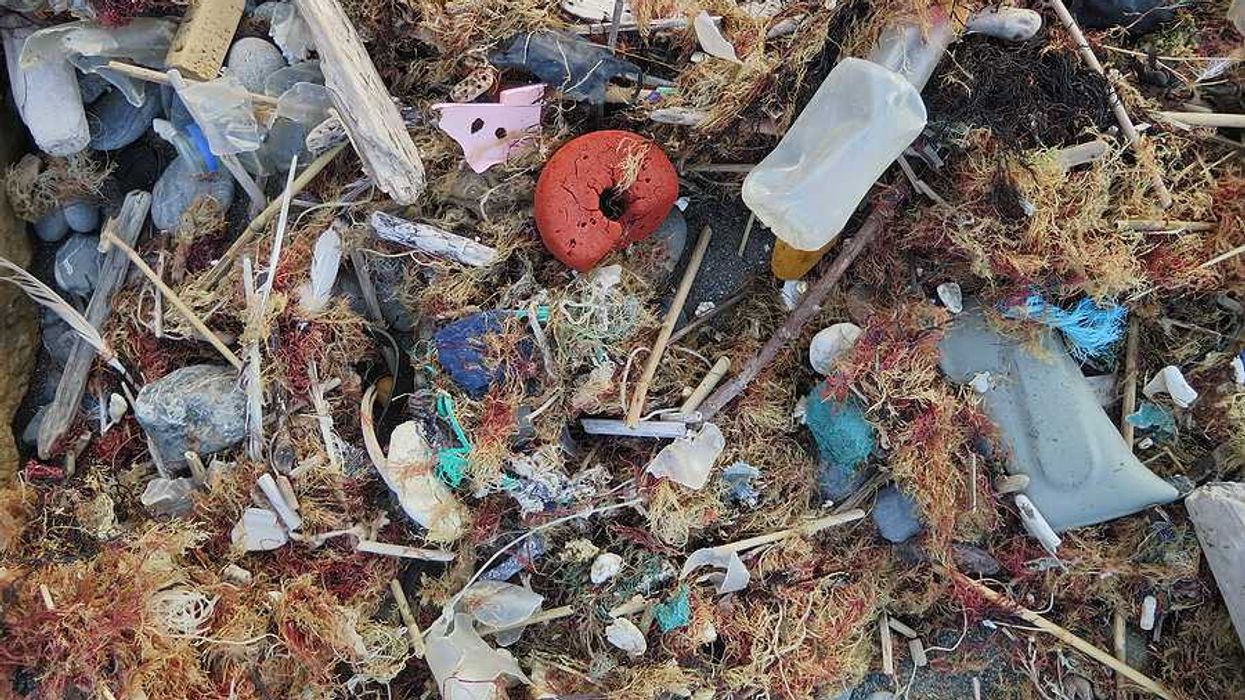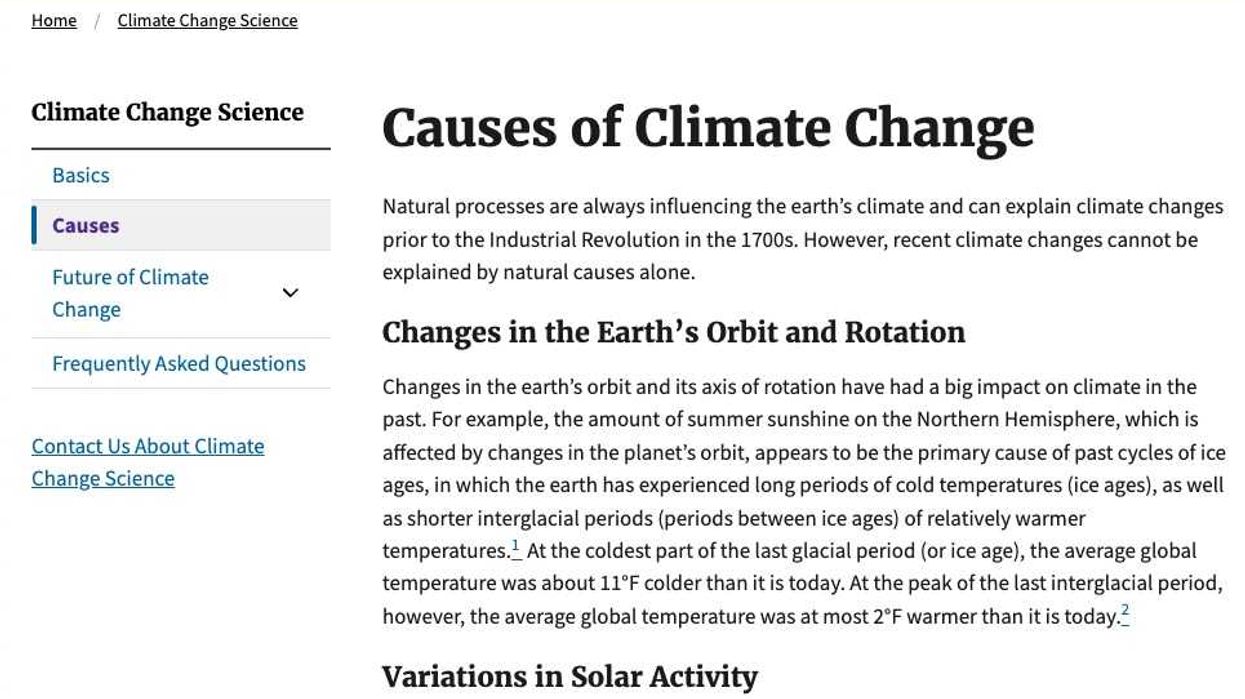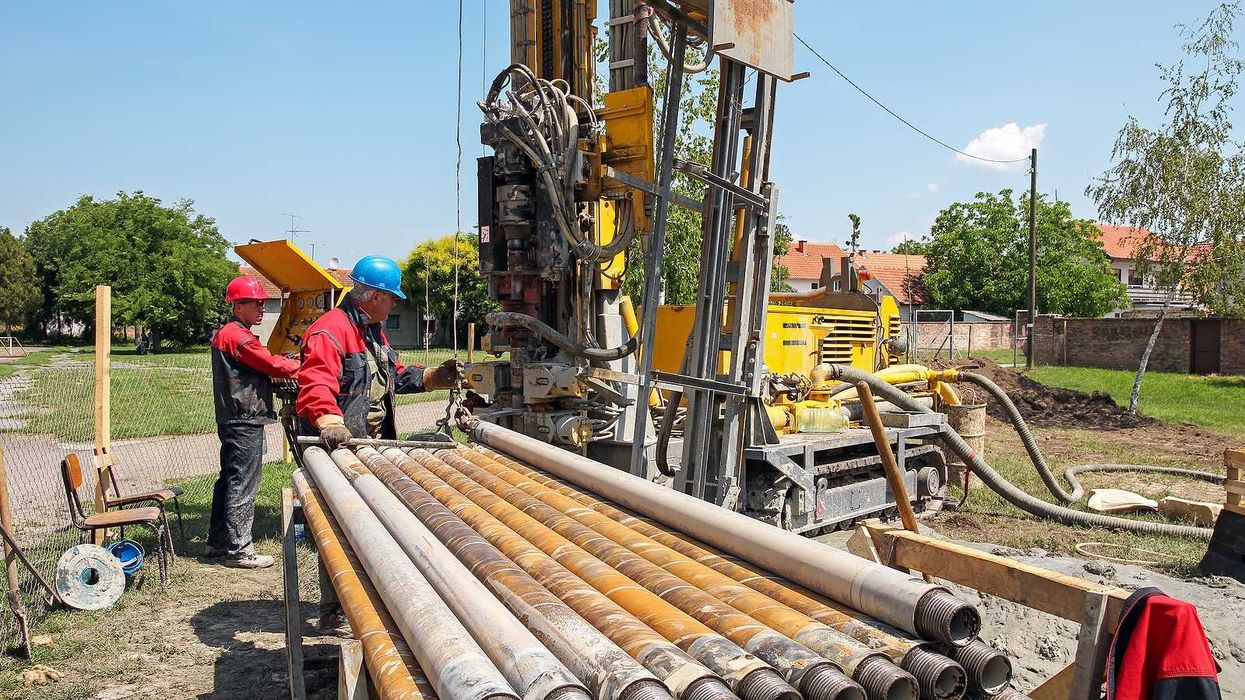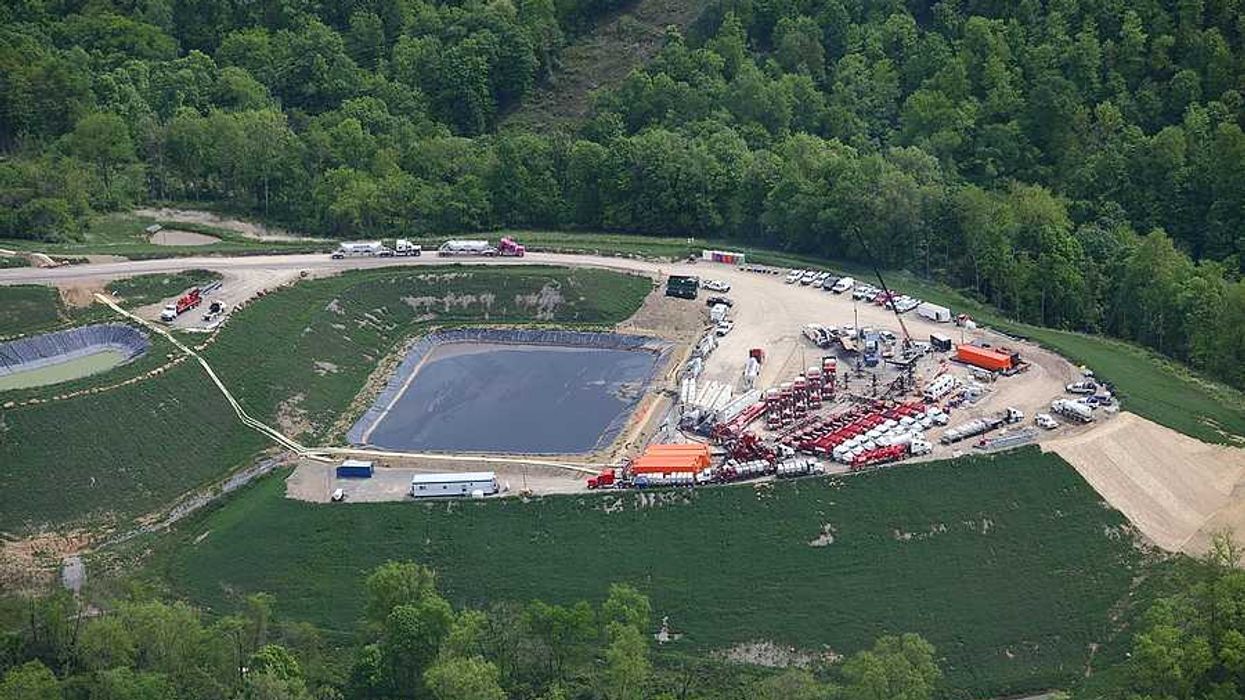Miami-Dade County officials are debating whether to build the nation's largest waste-to-energy incinerator or continue shipping garbage to landfills, a decision that could shape the future of U.S. waste management.
Nicolás Rivero reports for The Washington Post.
In short:
- Miami-Dade's aging incinerator burned down in 2023, forcing the county to haul trash 100 miles north to landfills.
- Mayor Daniella Levine Cava initially backed a $1.5 billion incinerator but withdrew support amid public opposition and lobbying from the Trump family, which owns nearby property.
- The county commission will vote on Feb. 19, with environmentalists pushing for waste reduction instead of incineration.
Key quote:
“Landfill has a lot of problems. Incineration just gets a bad rap because … we don’t think people are really digesting the scientific information.”
— Daniella Levine Cava, Miami-Dade County mayor
Why this matters:
The U.S. generates more trash per person than nearly any other country but lacks sustainable disposal methods. Landfills emit methane, a potent greenhouse gas, while incinerators release carbon and require a steady trash supply. Miami-Dade’s decision could influence how other cities tackle waste.
Related: Florida’s largest trash incinerator faces backlash over proposed site














